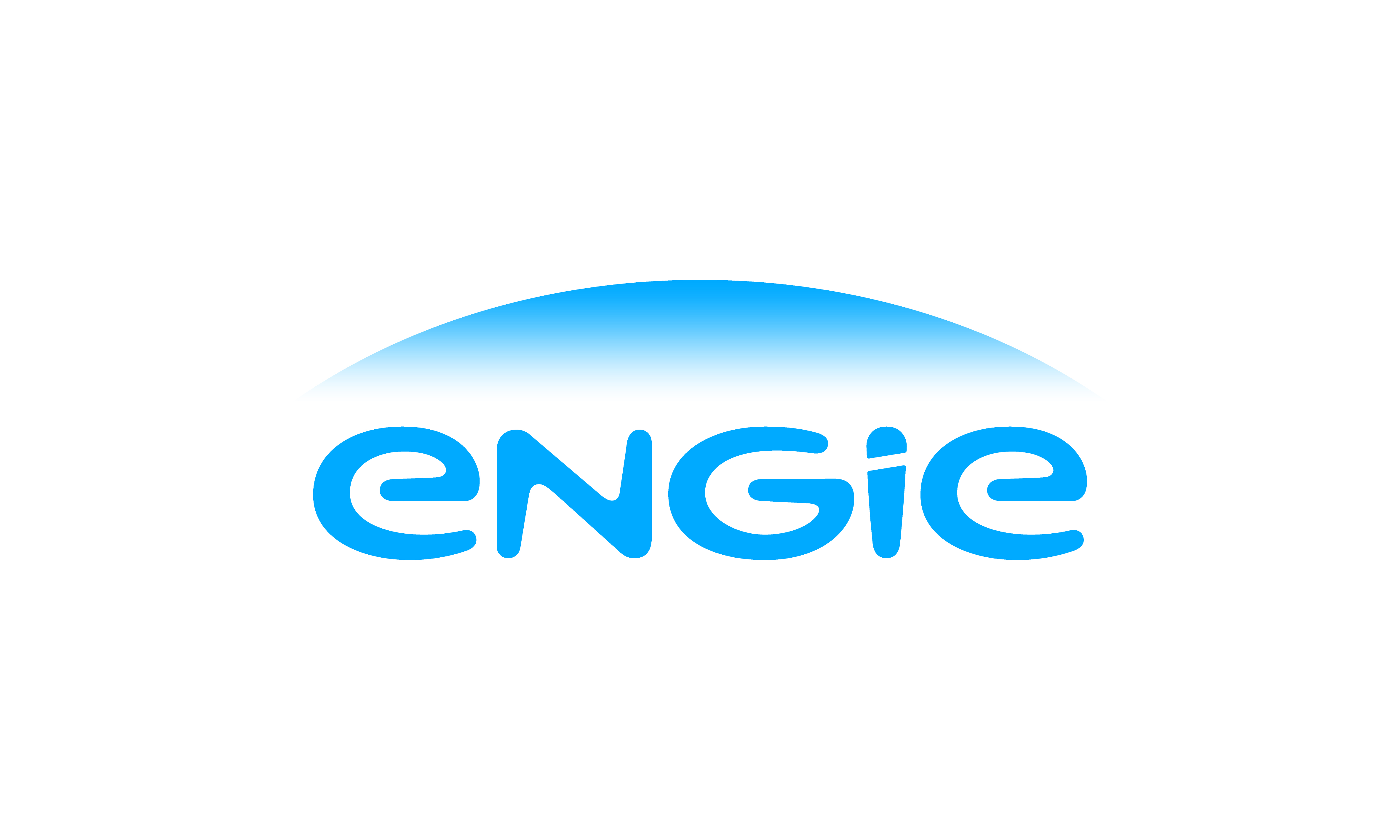Energy Storage & Schools Case Study: How San Diego's Poway USD Will Save $1.6M
From Energy Efficiency to Power Efficiency using Battery Storage
Energy Storage & Schools Case Study: How San Diego's Poway USD Will Save $1.6M
Exploring every option to maximize resources for students
Putting 36,000 kids first is a bold mission. But Poway Unified School District in San Diego County, California, is fully committed, employing 4,500 faculty and staff members to help students pursue their academic, athletic, artistic, and leadership goals.
One of those staff members is Director of Facilities, Maintenance and Operations Chad Koster. Embodying the district’s core value of effective resources management, Chad keeps a tight rein on the costs of powering 39 school and 2 administrative campuses in San Diego and in Poway. “We are aggressive in pursuing every opportunity for energy savings and conservation, as well as managing the utility bill cycle,” he says.
FROM ENERGY EFFICIENCY TO POWER EFFICIENCY
The district has already implemented various energy efficiency measures— such as installing new HVAC controls and LED lighting in classrooms and
parking lots—which have resulted in annual energy savings of more than $250,000. At several of the campuses, Poway Unified is also working to boost its solar power generation to cover at least 10 percent of its peak annual load, in order to qualify for a Distributed Generation Renewable (DG-R) tariff, which incurs a lower level of demand charges.
But while energy efficiency can lower a facility’s overall energy use profile, it cannot prevent the spikes in power demand that occur at specific times of the day and especially during the hot southern California summers, when air conditioning is used heavily. “Unfortunately, the times we need the HVAC correspond with our utility’s peak demand charge periods,” Chad says. “And our demand charges were rising too steeply to be sustainable.”
GETTING TO “YES” WAS A NO-BRAINER
That’s why Poway Unified was eager to deploy more than 6.3 MWh of Green Charge energy storage at 11 of its school campuses and one of its administrative sites. By automatically charging during off-peak hours and discharging when usage spikes, the energy storage system minimizes the peaks that trigger demand charges. This “peak shaving” is expected to save the district more than $1.6 million over the next ten years, a reduction Chad anticipates enthusiastically. “Any time we can find a way to reduce our operating costs without impacting our students is extraordinary,” Chad says.
The battery and inverter hardware are installed either indoors or out, depending on the available space on each campus. “Indoor space is always at a premium,” Chad notes. “It was more practical to make use of corners of parking lots and other out-of-the way places.” The district also vetted the solution with an independent engineering consultant, and looked at similar Green Charge systems that have been operating successfully at customer sites for several years.
But what really eased the project through approval was the fact that the system design, installation and operation came at no cost to the district, through a 10-year Power Efficiency Agreement™ (PEA). Backed by Green Charge’s parent company, ENGIE, the world’s largest independent power producer and energy services provider, the PEA tasks Green Charge with the ownership, installation, and maintenance of the energy storage system, minimizing risk for Poway Unified. The district shares its monthly energy cost savings with Green Charge, only after these savings have been verified by the meter reading and Green Charge’s cloud-based GridSynergy Software. Chad can log into the GridSynergy web portal to monitor savings in real time, both at individual campuses and in aggregate.
SEE POWAY SAVE
Soon, everyone will know how much Poway Unified is saving. The district is designing an energy dashboard that will be installed at all 39 school campuses. Integrating feeds from solar PV arrays and energy storage systems, the dashboard will display real-time energy use data on interactive displays at the school, as well as on a website that will enable the district and schools to compare and track their energy and cost reduction achievements.
San Diego Gas and Electric (SDG&E), already knows about Poway Unified’s storage system. The local energy provider is interested to see how the distributed behind-the-meter storage can help balance grid requirements using demand response (DR) programs. Participation in such programs could yield an additional revenue stream for Poway Unified, bolstering the funds available for educational programs. Furthermore, because power adjustments for DR are made automatically through the Green Charge GridSynergy Software, participation wouldn’t impact Chad’s workload. “We’re
excited to see how it will all work out,” he says. “The Green Charge energy storage solution was a low risk proposition for us, and with capital investment funding so hard to come by in education, it’s a great idea.”
To download a free copy of the Poway Energy Storage case study click here. For more information about Green Charge energy storage click here.




